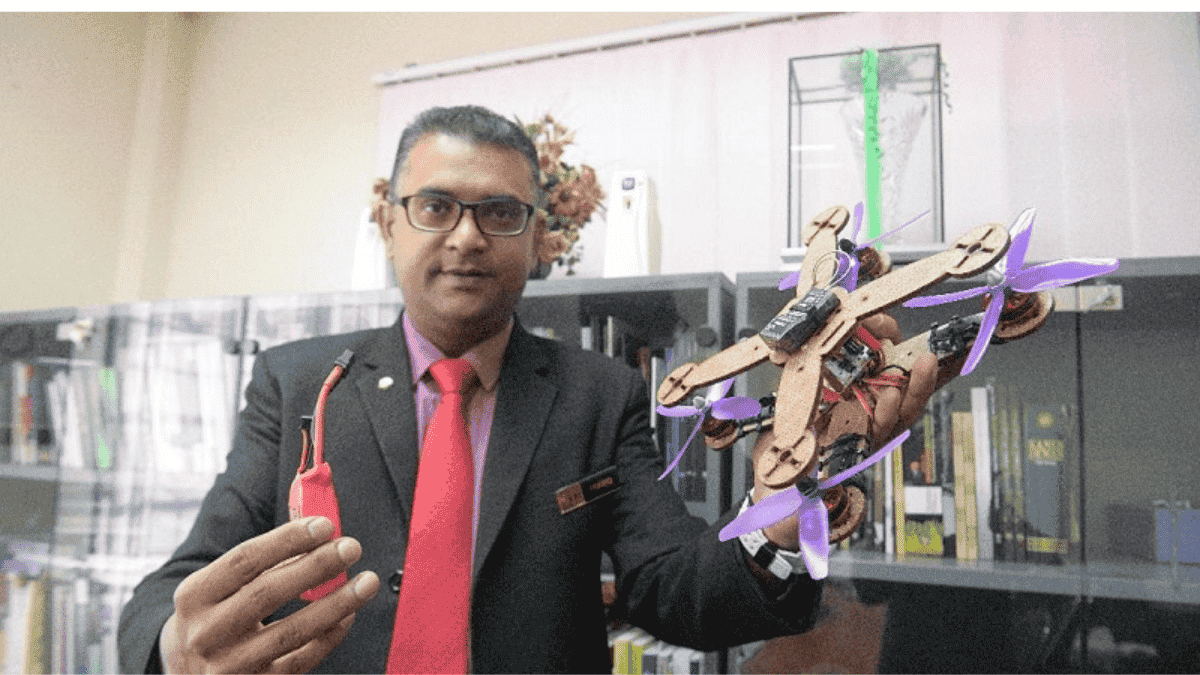Malaysian Team Transforms Pineapple Waste to Disposable Drone Pieces

Malaysian researchers have created a process for converting the fiber used in usually discarded pineapple leaves to create a solid composite that can be used to build frames for unmanned aircraft or drones.
The project, led by Professor Mohamed Thariq Hameed Sultan at the University of Putra in Malaysia, was aimed at seeking sustainable uses for pineapple waste generated by farmers in Hulu Langat, approximately 65 km (40 miles) from Kuala Lumpur.
“We are transforming the leaf of the pineapple into a fiber that can be used for aerospace application, basically inventing a drone,” he told Reuters at a workshop.
Mohamed Thariq said drones made from bio-composite material had a better strength-to-weight ratio than drones made from plastic fibres and were also smaller, lighter, and easier to dispose of.
If the drone is destroyed, the frame could be embedded in the ground and would degrade within two weeks, he said.
The test drones were able to fly to an altitude of about 1,000 meters (3,280 ft) and remain in the air for about 20 minutes, he said.
In the end, the research team aims to build a bigger drone to carry larger payloads, including imaging sensors, for agricultural and aerial inspection purposes.
William Robert Alvisse of the Malaysian Unmanned Drones Activist Society, a non-governmental organization that supports develop drones and advises on the initiative said that their task here is to support the industry, the farmers, increase their yield and make their jobs much easier.
Before the project began in 2017, pineapple stems were discarded during the one-in-a-year harvest cycle, but farmers expect that the drone project will inspire more ingenuity in the quest for waste uses and raise incomes.
A pineapple farmer Irwan Ismail that with the health question, the economic crisis created by COVID-19, society is desperate and there is no solution to rising profits.


